HP HPE6-A41 Applying Aruba Switching Fundamentals for Mobility Online Training
HP HPE6-A41 Online Training
The questions for HPE6-A41 were last updated at Nov 22,2024.
- Exam Code: HPE6-A41
- Exam Name: Applying Aruba Switching Fundamentals for Mobility
- Certification Provider: HP
- Latest update: Nov 22,2024
Refer to the exhibit.
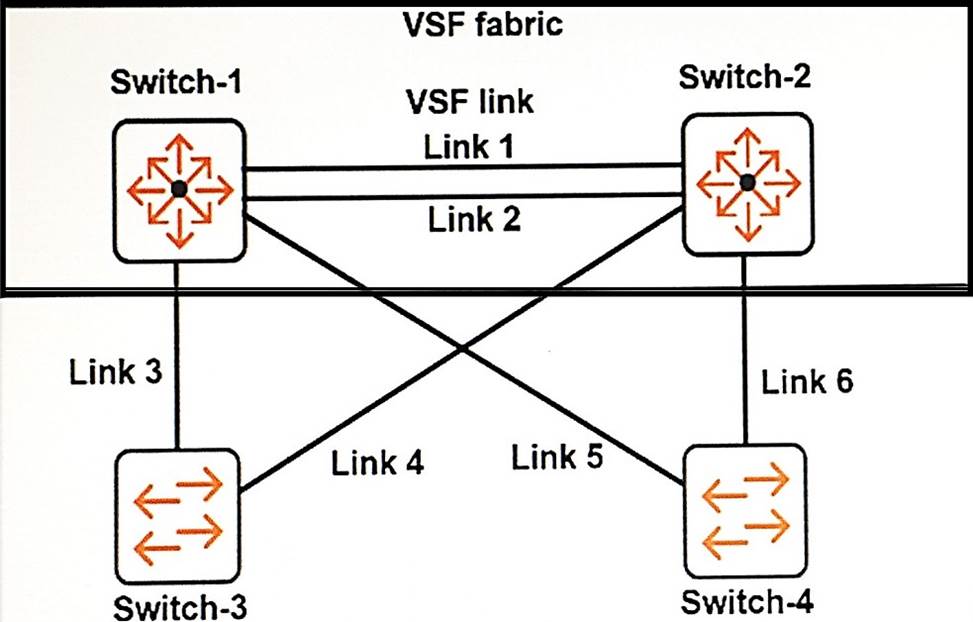
Which links can be combined in the same link aggregation?
- A . Links 3 and 4
- B . Links 3 and 5
- C . Links 3 and 6
- D . Links 4 and 6
Which privilege level would a network administrator use to configure an ArubaOS switch?
- A . Administrator
- B . Manager
- C . Super
- D . User
Refer to the exhibit.
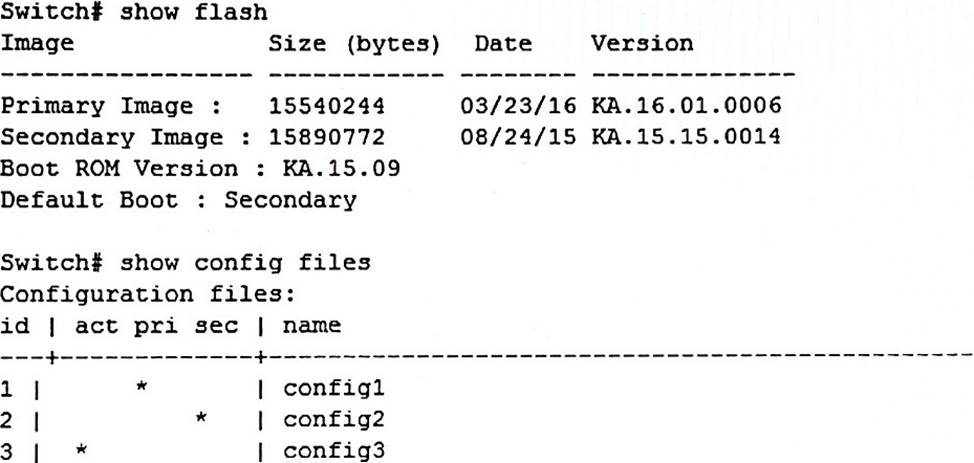
The network administrator enters this command:
Switch# reload
Which software and configuration file will load?
- A . software version KA.16.01 and config3
- B . software version KA.15.15 and config2
- C . software version KA.15.15 and config3
- D . software version KA.16.01 and config1
Refer to the exhibit.
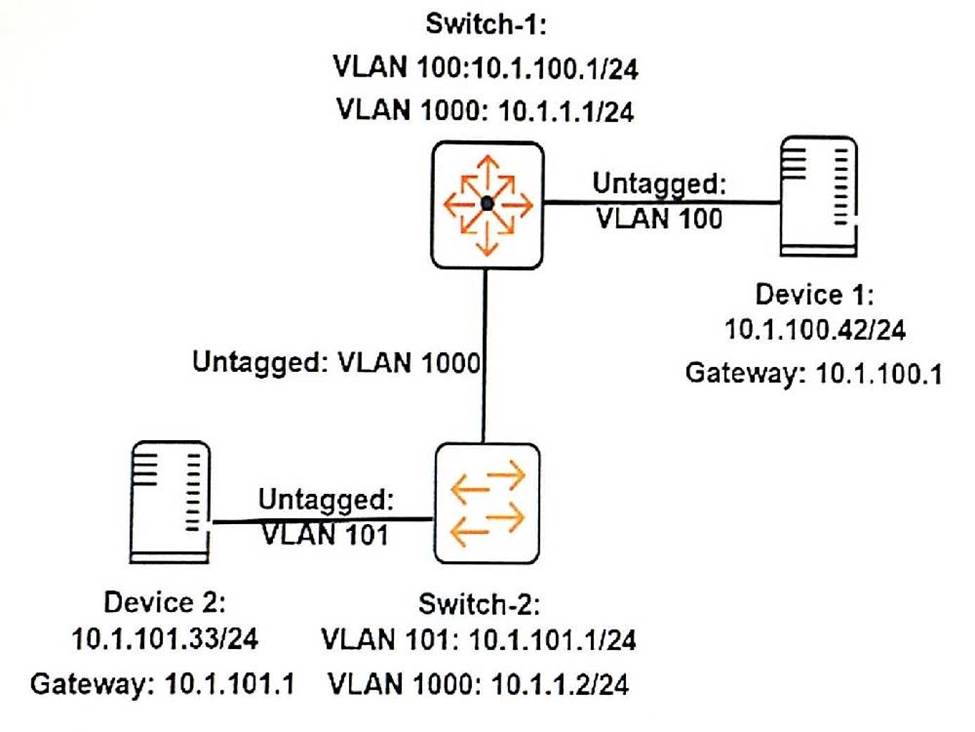
A network administrator executes this command on an ArubaOS switch, Switch-2:
Switch-2(config)# ip route 10.1.100.0/24 10.1.1.1
The administrator successfully pings Device 1 at 10.1.100.42 from Switch-2.
However, Device 2 cannot ping Device 1. The administrator confirms that Device 1 is correctly set up.
What should the administrator check on Switch-2 to resolve this issue?
- A . that ARP proxy is enabled
- B . that IP routing is enabled
- C . that spanning tree is disabled
- D . that ICMP is enabled
Refer to the exhibit.
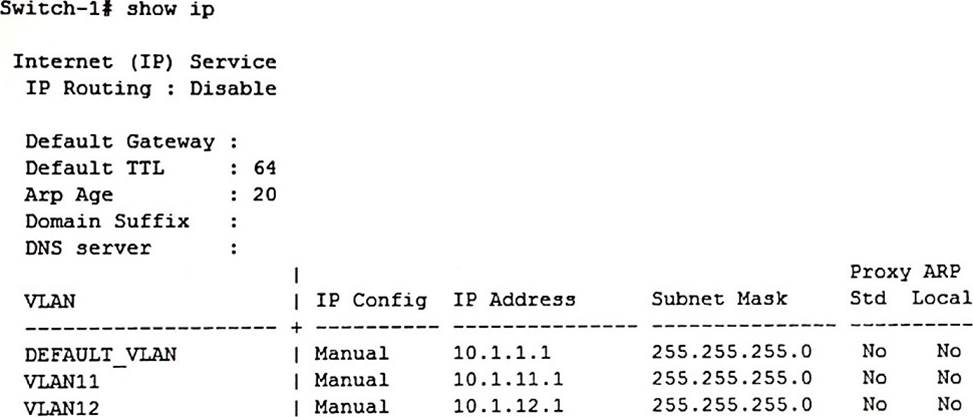
What should the network administrator do to permit Switch-1 to route traffic from a client in 10.1.11.0/24 to a client in 10.1.12.0/24?
- A . Enable proxy ARP.
- B . Enable IP routing.
- C . Configure a static route to 10.1.11.0/24 and a static route to 10.1.12.0/24.
- D . Enable OSPF routing on VLAN 11 and on VLAN 12 in the same area.
How many operating system image files can a network administrator load on an ArubaOS switch?
- A . two
- B . three
- C . four
- D . unlimited
Refer to the exhibit.
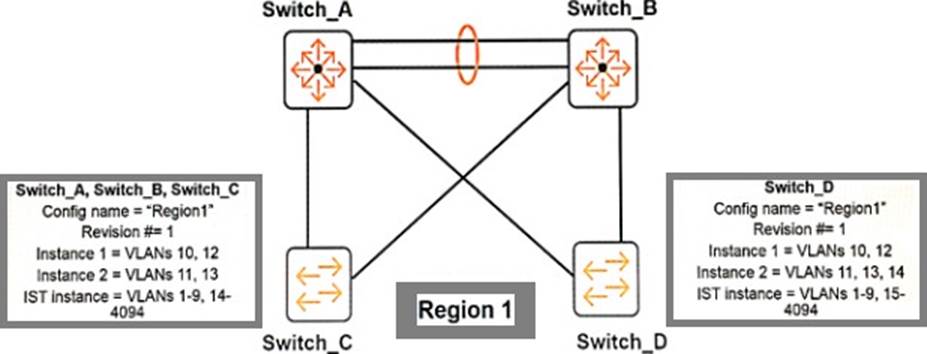
Originally, all four switches had the same region configuration. VLAN 14 was added to Switch_D and then mapped to instance 2.
How does this affect the MSTP topology?
- A . Load sharing is lost, one of the uplinks is blocked for all traffic on Switch_C and Switch_D.
- B . Load sharing is lost, one of the uplinks is blocked for all traffic on Switch_D
- C . All connectivity is lost, both uplinks are blocked on Switch_D.
- D . A Layer 2 loop exists and will cause sporadic connectivity issues.
Refer to the exhibit.
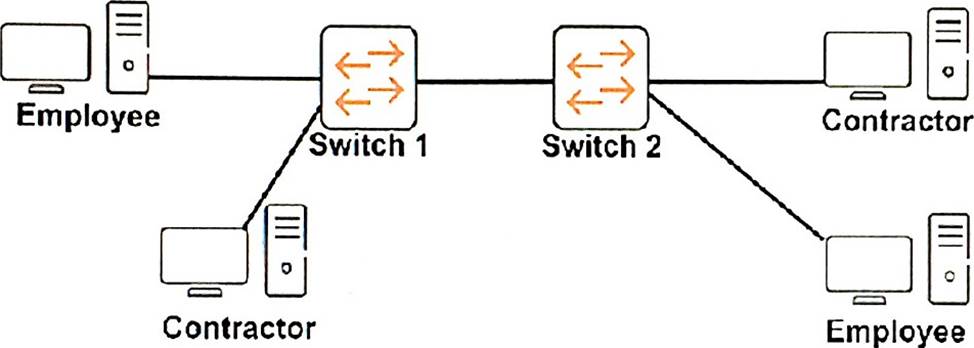
The network administrator wants to place contractor clients and employee clients in different broadcast domains.
How should the administrator achieve this goal?
- A . Add a router in between Switch 1 and Switch 2. Configure a different subnet on each router interface.
- B . Create two MSTP instances on each switch. Assign ports connected to contractor clients to one instance and ports connected to employee clients to the other instance.
- C . Assign the switch ports connected to contractor clients to one VLAN and ports connected to employee clients to another VLAN. Extend the VLANs between the switches.
- D . Create two device profiles. Apply one profile to ports connected to contractor clients, and apply the other profile to ports connected to employee clients.
Refer to the exhibit.
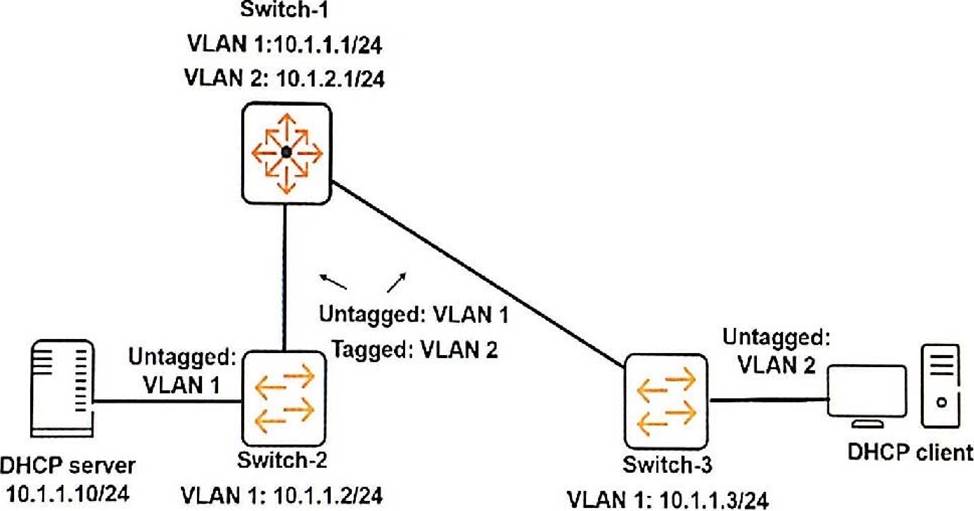
All of the switches shown in the exhibit are ArubaOS switches.
Where should the network administrator configure an IP helper address of 10.1.1.10?
- A . on VLAN 2 on Switch-1
- B . on VLAN 2 on Switch-3
- C . on VLAN 1 on Switch-1
- D . on VLAN 1 on Switch-2
What is the relationship between a wireless client’s data rate and the throughput for the client’s traffic?
- A . The throughput is 90 percent of the data rate.
- B . The throughput is equal to the data rate multiplied by the connection time, minus the headers’ bytes.
- C . The throughput is less than the data rate and also depends on factors such as number of clients in the cell.
- D . The data rate and the throughput are equivalent.
Latest HPE6-A41 Dumps Valid Version with 125 Q&As
Latest And Valid Q&A | Instant Download | Once Fail, Full Refund

